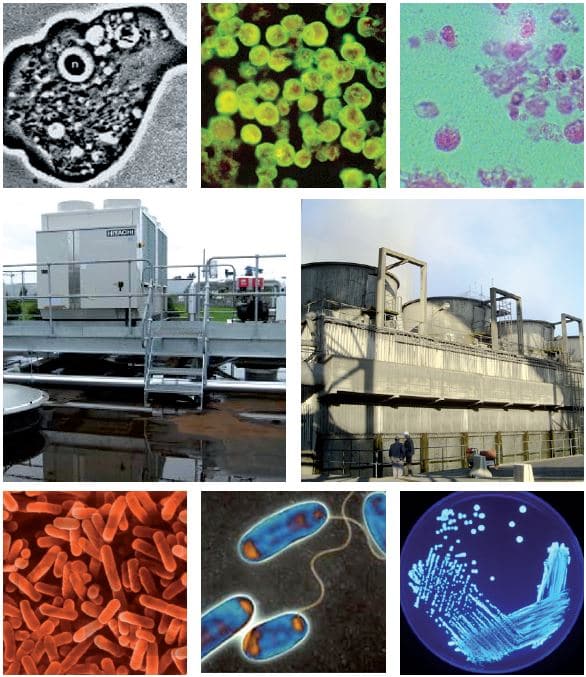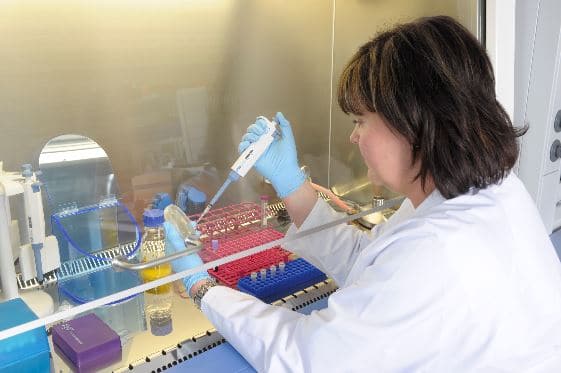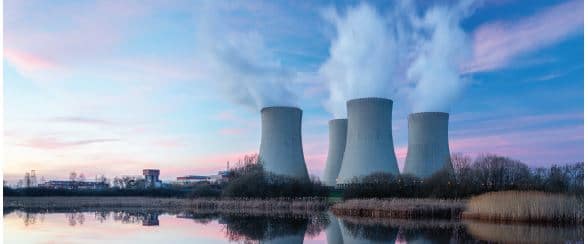The invisible threat in water
Industrial cooling water systems and large air conditioning systems are a major source of pathogenic organisms such as Legionella and Naegleria. These thermophilic organisms thrive in water at temperatures between 25° C and 60°C, and are found in bodies of warm fresh water, such as ponds, lakes and rivers. They are also found in soil and sludge, near industrial warm water discharges, and in stagnant ponds. Humans can be infected by these organisms through inhaling aerosols containing the pathogens and, in the case of Naegleria, by penetration of infected water under pressure through the nose.
Naegleria fowleri is a free-living single celled amoeba that can invade and attack the human nervous system and cause meningoencephalitis, a serious form of meningitis, almost always resulting in the death of the victim.
Legionella pneumophila is a human pathogenic bacterium which causes Pontiac fever, legionellosis or Legionnaires’ disease. This is a serious form of pneumonia, which can be fatal if not treated quickly and appropriately.


Prevention better than cure
Action to prevent and control the spread of Legionella and Naegleria in bodies of water:
ENGIE Laborelec has many years of experience in these areas.
How it works
Risk management
ENGIE Laborelec offers expert recommendations to prevent the development of pathogens and reduce the risks of infection;
A wide-ranging and objective risk analysis is carried out and a management plan is developed, tailored to each specific installation;
A monitoring plan is also put in place, with representative samples analysed in our specialized laboratory;
Where necessary, measures to reduce any immediate risks can be put in place.

Specialized pathogen laboratory
Where the presence of pathogens is suspected, or where the risk of infection is high, water analysis must be carried out. ENGIE Laborelec has its own fully equipped ultra-modern laboratory for pathogen detection which uses a full range of analysis methods.
Naegleria fowleri analysis:
Legionella species and Legionella pneumophila analysis:
Analysis can be carried out on sludge samples as well as water. PCR technology can detect the presence of pathogens in water within 48 hours, making it possible to react quickly to an infection, reducing the risk that the pathogens will multiply rapidly.